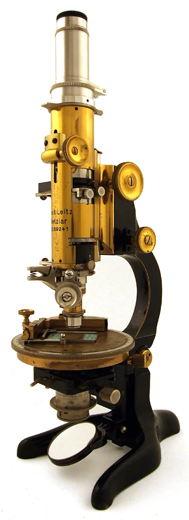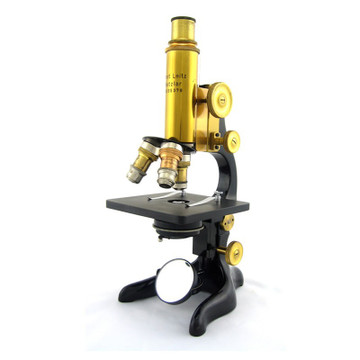

Elsie Kuehn-Leitz, both Protestant Christians, arranged for hundreds of Jewish employees and their families to get out of Germany, thus escaping the Holocaust. Ernst Leitz began in 1849 making microscopes. During the 1930s and 1940s, Ernst Leitz II and his daughter Dr. Anso Memo Box Camera1927 Introduced just before Ansco merged with the American subsidary of the German. The German government stripped him of his professorship, but it was reinstated in 1946. During World War II, however, Max Berek, the renown optical scientist at Leitz, refused to cooperate with the Nazi party. Telescopes were the main product of the early company, but in the 1850s, microscopes became the principal product.ĭuring World War I, the German government forced the Leitz company to convert to war production.


The earlier Leitz trade catalogs give the date of establishment as 1850 but by the early twentieth century, Leitz publications reference the date as 1849. The company of Ernst Leitz had its origin in the Optical Institute founded by Karl Kellner in Wetzlar, Germany. The company, formerly Ernst Leitz GmbH, is now three companies: Leica Camera AG, Leica Geosystems AG, and Leica Microsystems AG, producing cameras, geosurvey equipment and microscopes, respectively. The stage moves up and down for focusing. Featuring a black enamel horseshoe-shaped base and arm, this microscope also includes a reflecting mirror, eye piece, tube, stage with scale and brass clips. This type C medium-sized research microscope was manufactured by Ernst Leitz of Wetzlar, Germany.


 0 kommentar(er)
0 kommentar(er)
